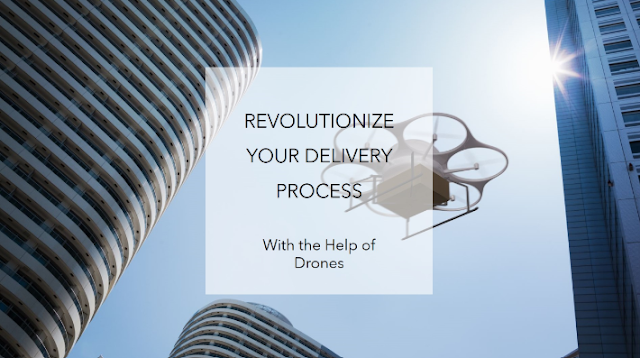High Pressure, High Temperature (HPHT) is a big challenge in Drilling Operations, especially when exploring oil and gas reserves. These extreme conditions occur when the well reaches greater depths, pushing the capabilities of conventional drilling equipment and techniques.
Here are the challenges and how to overcome them:
* Challenge:
- Increased pressure: High formation pressure can cause an explosion, where well fluid escapes uncontrollably, posing a safety hazard
- Wellbore integrity: Pressure can fracture the rock formation around the wellbore, thereby compromising its stability
- Material strength: Drill pipes, casings, and other equipment experience increased stress, requiring special materials with higher strength levels
- Drilling fluid performance: Standard drilling fluids can decompose at high temperatures, reducing their ability to cool the drill bit, lubricate the drill string, and transport cuttings to the surface
* Ways to overcome the challenges:
- Special equipment: HPHT Operations require a rig with a High-Pressure Blowout Preventer (BOP) and a well-control system designed to handle extreme pressures
- Casing design: The well casing must be thicker and made of stronger materials to withstand pressure and prevent collapse
- Advanced drilling fluids: Synthetic-based muds and other HPHT drilling fluids are formulated to maintain their properties at high temperatures, ensuring wellbore stability and efficient drilling
- Wellbore pressure management: Close monitoring and management of pore pressure (fluid pressure in rock formations) is essential to avoid blowouts and maintain a safe drilling window
HPHT Wells are technically complex and expensive to drill. However, advances in technology and exploration strategies are enabling access to oil and gas reserves in increasingly challenging environments.
***
Hello! I am Astrid Amalia, a founder of GWB (GlobalWide Business) at https://globalwidebusiness.blogspot.com.
I write about many things, including #Fire, #Safety, #Survival, #Training, #Course, #Oil, #Gas, #Emergency, #Offshore, #Onshore, #Rescue, #Security, #Digital, #Online, #Education, #Leadership, #Collaboration, #Innovation, #Excellence, #Technology, #Health, #Yoga, #Social, #Life, #Mental, #Business, #DJI, #Drone, #AI, #Robot, and more.
Do you have any questions or do you want to have a good discussion? Find out more about me in Linktree: astrid.amalia
Note: Image by Microsoft Designer.





